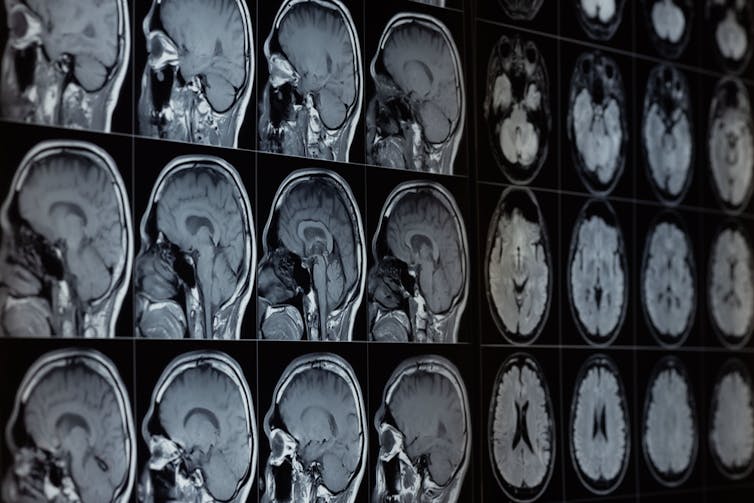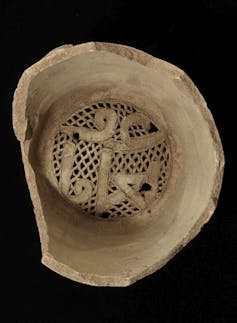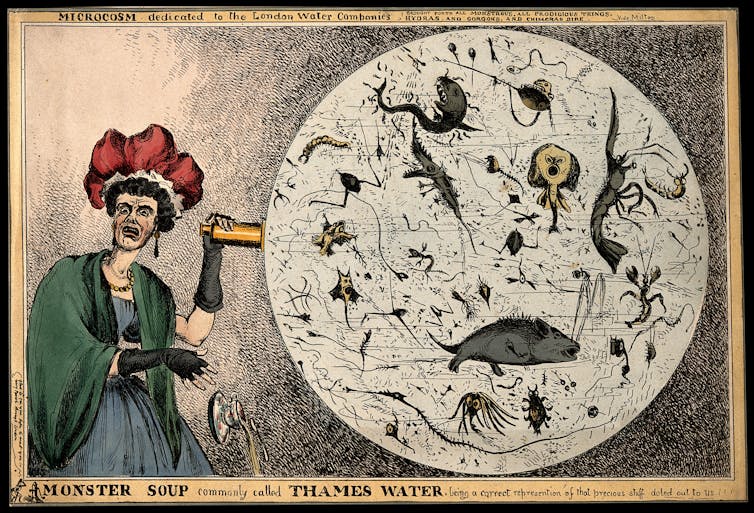Source: The Conversation – UK – By Labib Azzouz, Research Associate in Transport and Energy Innovation, University of Oxford

The automotive and EV industry has repeatedly insisted that the UK needs more electric vehicle (EV) chargers to help motorists make the switch from conventional fossil-fuel burning cars.
The Labour government has announced £400 million to install EV chargers, mainly on streets in poorer residential neighbourhoods, in place of the Conservative’s £950 million rapid charging fund that was directed at installing chargers in motorway service stations.
Does it matter where these chargers are – and who pays to build them?
The short answer is yes, it does matter. Our research conducted at motorway and local EV charging stations across England – including those located in residential areas, high streets and community centres – indicates that these two types of infrastructure serve distinct groups of users and fulfil different purposes.
Suggesting that one can substitute for the other risks sending mixed signals to both the industry and the driving public.
We found that motorway charging stations tend to cater to wealthier men, who are more likely to own premium EVs with long-range batteries and better performance. Many of these drivers have access to home chargers, so their use of public chargers is only for occasional, long-distance travel for business, leisure, or holidays – trips that require chargers along motorways.
Convenience and charging speed are often more important than the price of public charging, particularly when the travel costs of these drivers are covered by their employers.
Local public charging stations, on the other hand, serve more diverse groups. These include drivers from lower-income households who are more likely to own older and smaller EVs with shorter ranges. Access to home charging is often limited, especially for people living in flats or urban areas without driveways, garages or off-street parking.

Andersen EV/Shutterstock
Local chargers are also vital for taxi and delivery drivers who depend on their vehicles for work and make frequent short trips throughout the day. There are many professional drivers without access to workplace charging stations who need alternative local provision – something the Conservative government recognised in its 2022 EV charging strategy.
Ultimately, the transition to EVs should take a balanced approach that carefully considers social equity, economic viability and environmental impact.
Different locations serve different drivers
Motorway charging stations are commercially attractive to private investors, such as energy companies, specialist charging providers and car manufacturers, despite their higher upfront costs and complex requirements.
This is because service stations offer greater short-term revenue due to their ability to set premium prices. This is a result of there being limited alternatives and high demand for rapid charging, especially among long-distance travellers, and the willingness of EV drivers to pay for speed and convenience – unlike in more price-sensitive neighbourhood settings.
Unsurprisingly, the government found that the rapid deployment of motorway chargers in recent years has been largely driven by the private sector. Our research highlighted that these revenues could be enhanced by a broader range of retail, dining and relaxation amenities, turning the time waiting for a car to charge into a more productive and pleasurable experience.
Residential charging stations may not offer high profits per charge, but they typically require lower capital investment and benefit from consistent and predictable use. They are also suited to measures for reducing strain on the grid and balancing energy supply and demand.
These measures include tariffs that make it cheaper to charge EVs during off-peak hours, or technology that allows cars to feed electricity stored in batteries back into the grid. These features make them appropriate for public funding, where return on investment is measured not just in profit but in value for the public.
Considering that local EV charging serves those who do not have access to home charging and who drive for a living, the case for public funding is even stronger. These sorts of chargers make switching to an EV easier for different groups.
For example, safe and carefully placed public chargers could help more women switch to EVs – although our research suggests that, while “careful placement” might refer to residential areas, it doesn’t necessarily mean on streets. Well-lit car parks and community destinations are sometimes considered safer options.

AlanMorris/Shutterstock
By helping EV drivers make frequent short trips, local chargers can also significantly reduce urban air pollution, emissions and noise, contributing to more liveable, healthier cities.
That said, motorway charging stations and those near key transport corridors still play a crucial role in a comprehensive national network, and public funding may be required in more peripheral and rural areas of the UK where installations lag and commercial interest is limited.
While long-distance trips are less frequent than short ones, they account for a disproportionately large share of energy use and emissions. Switching such trips to electric will be essential to reaching net zero goals.
It seems reasonable to prioritise public investment in local EV charging infrastructure to support a fairer EV transition, but this should not be limited to on-street chargers. Investment is needed in residential and non-residential areas, public car parks, community centres and workplaces.
Different types of EV charging are not interchangeable – all are needed to support the switch.
Don’t have time to read about climate change as much as you’d like?
Get a weekly roundup in your inbox instead. Every Wednesday, The Conversation’s environment editor writes Imagine, a short email that goes a little deeper into just one climate issue. Join the 45,000+ readers who’ve subscribed so far.
![]()
Labib Azzouz has received funding from the UK Research and Innovation via the UK Energy Research Centre and Innovate UK as part of the Energy Superhub Oxford (ESO) project.
Hannah Budnitz receives government funding from UK Research and Innovation grants via the Economic and Social Research Council and the Engineering and Physical Sciences Research Council. She has also previously received funding from Innovate UK and the Department for Transport.
– ref. Where does the UK most need more public EV chargers? – https://theconversation.com/where-does-the-uk-most-need-more-public-ev-chargers-259623














